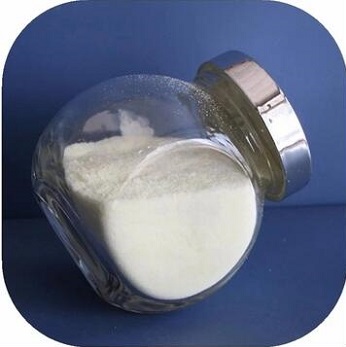Background and overview[1][2]
2′-iodoacetophenone is an organic intermediate, also called o-iodoacetophenone, which can be prepared by the diazotization reaction of 2-acetylaniline.

Preparation[1]
To a solution of p-TsOH (22.80 g, 120 mmol) in CH3CN (160 mL) was added the aromatic amine (40 mmol). The resulting amine salt suspension is cooled to 0-5°C. A solution of NaNO2 (5.52g, 80mmol) in H2O (12mL) and a solution of KI (16.6g, 100mmol) in H2O (12mL) were added sequentially. The reaction mixture was stirred for 10 minutes, then allowed to warm to ambient temperature and stirred until all amine was consumed. Then H2O (700 mL), NaHCO3 (1M; until pH=9-10) and Na2S2O3 (2M, 80mL) were added to the reaction mixture. The reaction mixture was extracted with EtOAc and purified by column chromatography (hexane:EtOAc, 9:1v/v) to obtain 2′-iodoacetophenone: yellow oil, yield 94%. 1HNMR (400MHz, CDCl3): δ7.93 (dd, J=8.0Hz, 1.2Hz, 1H), 7.45 (dd, J=7.6Hz, 2.0Hz, 1H), 7.40 (td, J=7.6Hz, 1.2Hz , 1H), 7.12 (td, J=7.6Hz, 2.0Hz, 1H), 2.6 (s, 3H); 13CNMR (100MHz, CDCl3): δ201.9, 144.2, 141.0, 131.9, 128.5, 128.2, 91.1, 29.6 .
Property research[2]
Xu Xiaoming Xu Xiaoming used iodoacetophenone as a substrate to compare the effects of different substituent positions on its electrochemical reduction. At room temperature and pressure, the electrochemical behavior of three iodoacetophenones, 2′-iodoacetophenone, m-iodoacetophenone and p-iodoacetophenone, was studied using cyclic voltammetry. By comparing their reduction potentials, it was found that 2′-iodoacetophenone is the easiest to be reduced, followed by p-iodoacetophenone and finally m-iodoacetophenone.
Main reference materials
[1] From Organic Letters, 17(24), 6006-6009; 2015
[2] Xu Xiaoming. Research on electrochemical carboxylation of halogenated acetophenones with carbon dioxide [D]. East China Normal University, 2013.

 微信扫一扫打赏
微信扫一扫打赏

